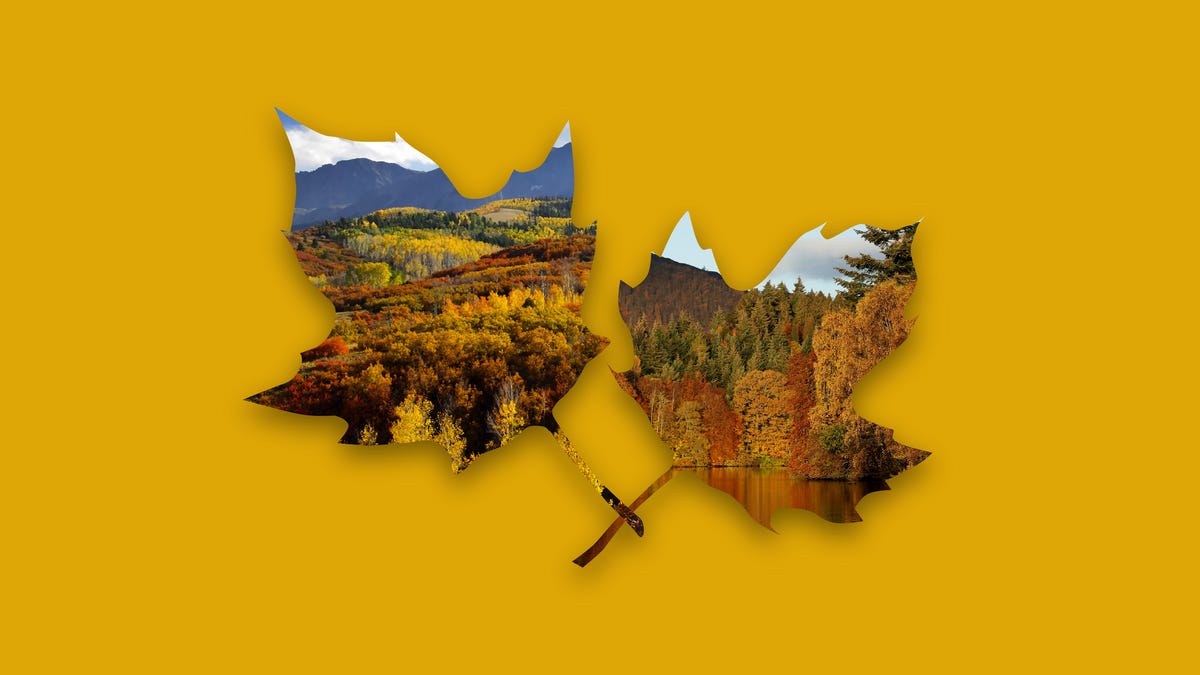Autumn Foliage Forecast: Discover When and Where Peak Colors Will Be
The scorching summer of 2024 is winding down, signaling that the time for enjoying colorful fall leaves is approaching.
According to the Old Farmer’s Almanac, leaf color changes can begin as early as mid-September and continue into early November. The Almanac notes, “Generally, the peak of foliage is seen during the second and third weeks of October, although this can vary based on your specific location and local weather conditions.”
Sunny, warm days are beneficial for rich fall colors, but they need to be paired with cooler nights, according to the Weather Channel. Furthermore, rainfall can also impact the vibrancy of leaf colors; both severe drought and excessive rain can harm foliage.
A warm spell in the fall can reduce the vividness of autumn colors, as noted by the U.S. Forest Service. The Climate Prediction Center’s latest outlook suggests most of the U.S. will experience a warmer-than-normal fall.
Where and When to Expect Leaf Color Changes
Here’s a detailed look at how foliage is expected to change across different states in the U.S. this year:
New England is known for its stunning fall foliage. Every autumn, approximately ten million visitors flock to this region to admire its vibrant leaves. Generally, northern Vermont, New Hampshire, and regions of northwest Maine reach their peak colors in early October.
In contrast, some areas in New York, Massachusetts, and Pennsylvania may have to wait until late October for their best displays, according to ExploreFall.com.
Impact of Drought on Fall Colors
The U.S. Forest Service has noted that severe drought conditions during summer can delay fall foliage onset by several weeks. Regions in the mid-Atlantic and central Appalachians experienced harsh drought this summer, which may lead to a later start to the fall color season, according to AccuWeather meteorologist Paul Pastelok.
How Leaves Change Their Color in Autumn
As daylight decreases in the fall, the production of chlorophyll in leaves diminishes and eventually ceases. Chlorophyll is responsible for the green color in leaves, so when this pigment fades, yellow, orange, and brown hues from carotenoids become visible, as explained by the Virginia Department of Forestry.
During this season, bright sunlight and high levels of plant sugars help create anthocyanins, which contribute red shades to foliage.
SOURCE: The National Forest Service, SmokyMountains.com, ExploreFall.com

